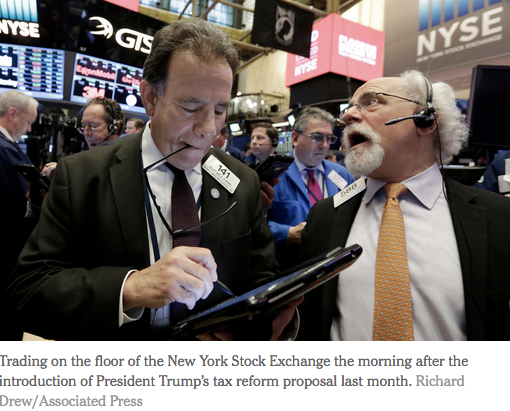Now comes Donald Trump, essentially trying to revive that same supply-side credo (famously branded “voodoo economics” by George H. W. Bush) with his proposal for $5.5 trillion of tax giveaways, mostly for business. Even some of the outsize personalities that I encountered in 1981 are back, most notoriously the concept’s godfather, Arthur Laffer, who advised the Trump presidential campaign.
What proved a bad idea then is a worse one now. Unemployment was 7 percent and rising when President Reagan took office. Today, with unemployment at just 4.6 percent, broad-based fiscal stimulus isn’t likely to create much new employment.
For its part, the Reagan tax cut increased the budget deficit, helping elevate interest rates over 20 percent, which in turn contributed to the double-dip recession that ensued. The stock market fell by more than 20 percent. Fiscally, the revenue loss totaled 2.9 percent of the average gross domestic product between 1981 and 1985.
But perhaps the greatest damage inflicted by the Reagan tax cuts was to our political psyche, making respectable — particularly among Republicans — the terrifying notion that high deficits resulting from tax cuts don’t matter because faster economic growth will quickly close the gap. (At the time, this idea was called supply-side economics, but it has now been rebranded with the phrase “dynamic scoring.”)




